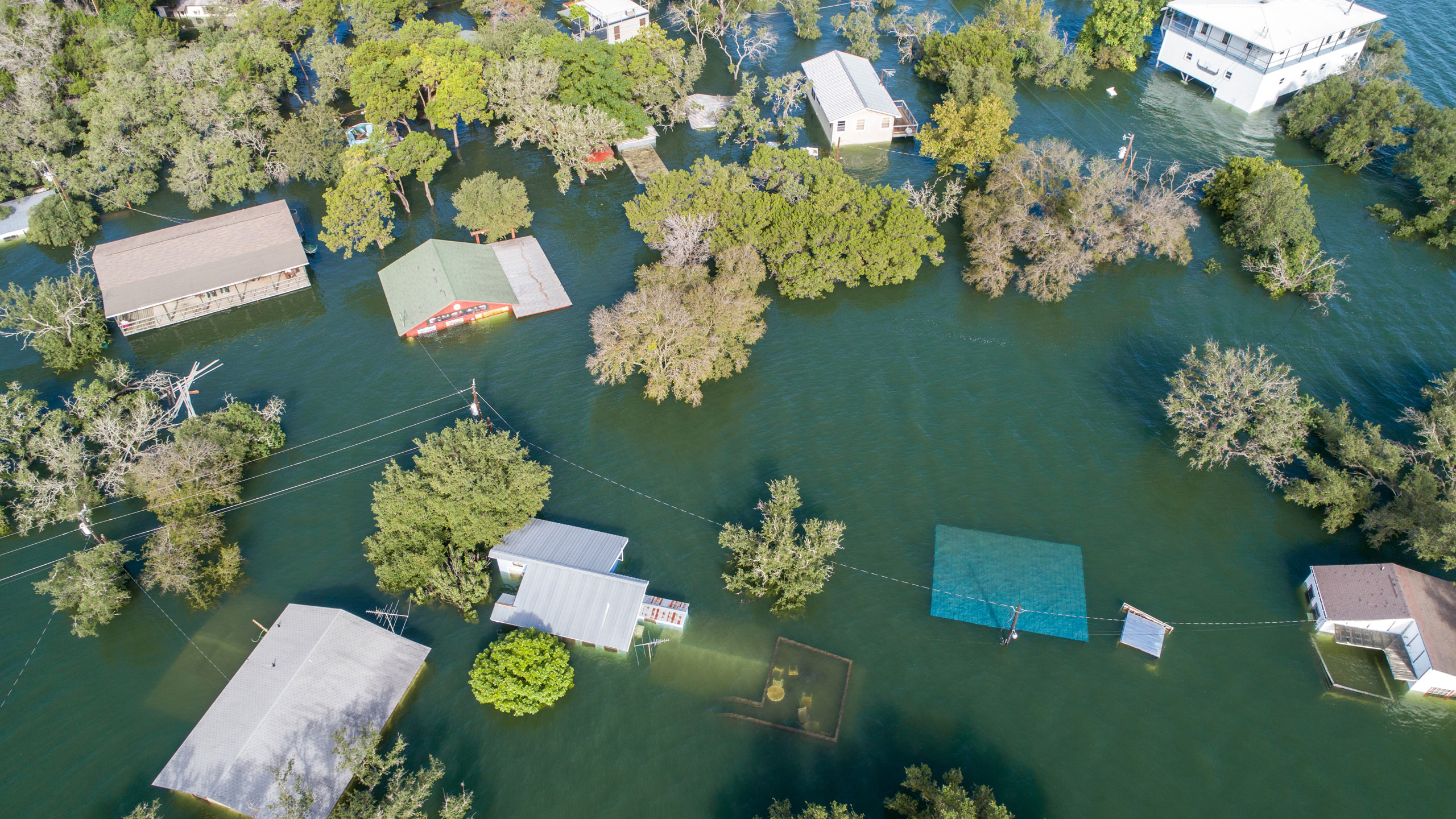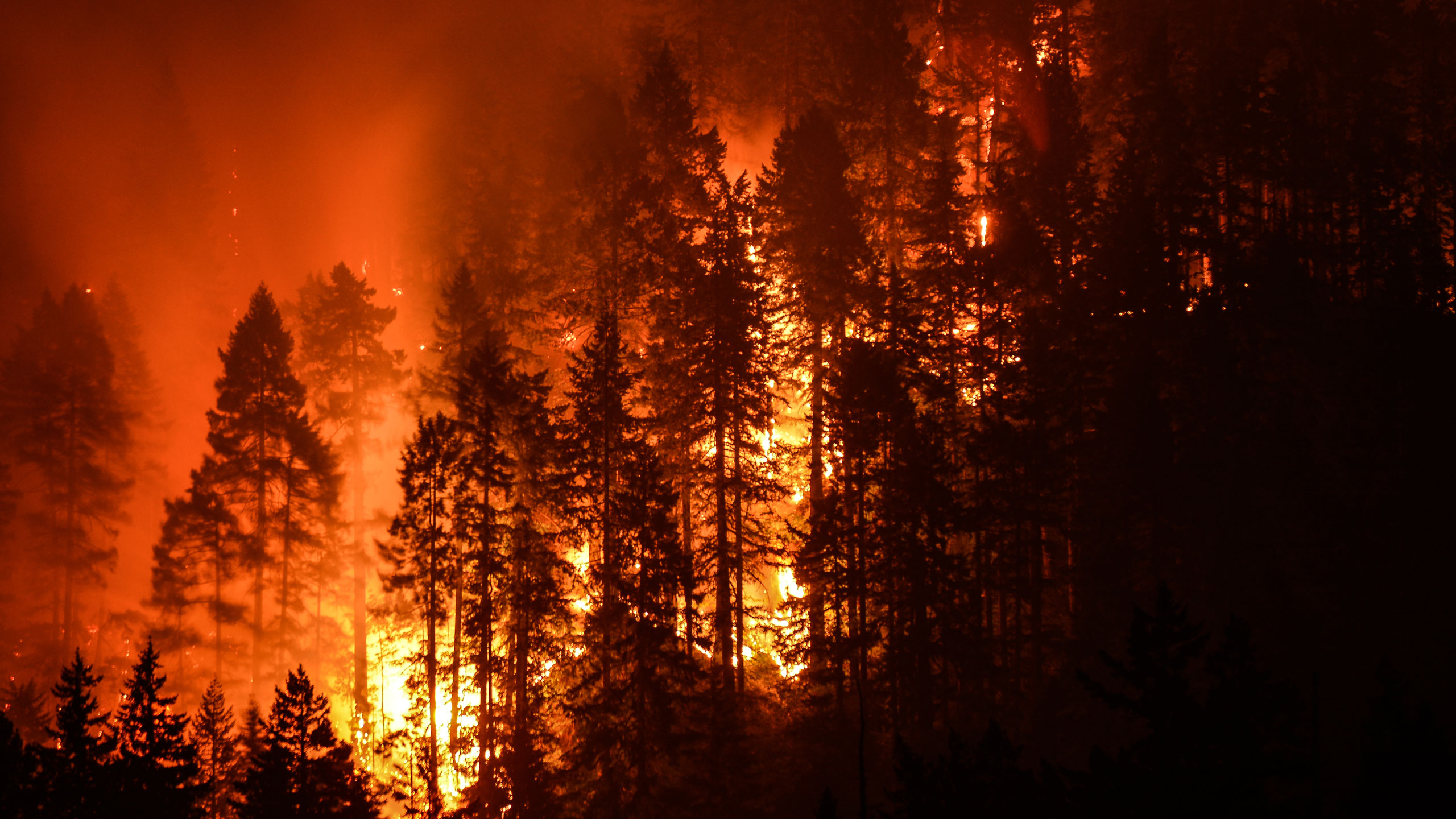Cut to the climate chase
3rd IPCC report outlines radical change needed to combat climate emergency and halve emissions by 2030.
The world’s leading climate scientists have released their final warning shot. Their latest report was authored by 278 of the world’s top scientists from 65 countries, who have assessed over 18,000 publications to identify options and solutions for the fate of the globe.
This group, known as The Intergovernmental Panel on Climate Change (IPCC), has made it clear that if the publication’s key messages remain unheeded, we face an unjust future that challenges us all. The report, signed by 195 member nations, scrutinises the pledges made by governments to combat climate change, and their progress to date. Highlighted is the failure of global leadership to heed or act on decades of warnings. The message is clear: we need radical, rapid change across all sectors, from energy to transport and food, to avoid an irreversible overshoot of a 1.5°C rise in global temperatures above their pre-industrial levels. But at the core of the report’s message is a call to action for us: push governments and businesses to use the tools already available, to help us make more sustainable choices and alter our lifestyles. This is our only chance to halve emissions by 2030, and we’ve listed a few ways that you can help.
Photo © Matthew During
Change is hard. We seldom like it, and when it concerns altering our lifestyle, we’re often hard-pressed to commit to the short-term discomfort. But the previous reports issued by the Intergovernmental Panel on Climate Change (IPCC), a body of the United Nations made up of global climate experts that assess the science linked to our changing climate, warn us that climate change is inevitable (and indeed, upon us). Now, the latest IPCC report tells us that change – behavioural, sectoral, societal – is necessary. In fact, it is critical to our very survival.
The IPCC’s third working group report, titled ‘Mitigation of Climate Change’, posits that we have two and a half years remaining to cut rising greenhouse gas emissions. Put another way; we have 30 months to let greenhouse gas emissions peak in the year 2025, and then be nearly halved by 2030. It’s a sobering thought, but action is the best antidote to anxiety is action. The report states that the tools to achieve this goal are within our reach, but those technologies, policies and infrastructure need to be available and in place so that we can make the required changes to our behaviours.

Homes totally destroyed, after severe flooding in Central Texas, USA. Photo © Roschetzky Photography | Shutterstock
WHAT DOES THE LATEST IPCC REPORT SAY?
The bad news is that we will certainly overshoot the 1.5°C rise in global temperatures beyond their pre-industrial levels. Most nations have fallen short of their commitments and are falling behind in achieving their climate targets. We have been emitting higher levels of greenhouse gases in recent years than ever before in history. Whilst the rate of growth for emissions has slowed, between 2010 and 2019 we reached historic emission levels and ensured that, unless our actions now are radical (and meaningful), we will not limit global warming to the 1. 5°C we need to avoid catastrophic change.
The good news is that the costs of renewable energies has been lowering since 2010. In fact, solar and wind energy have decreased up to 85% in cost. There have been some policies put into place to fast-track access to renewable energy. But, the damage we have done to date cannot be reversed or even limited now by curbing our behaviour alone. We will also need to deploy carbon dioxide reduction to meet net zero emissions by 2050.

Eagle Creek wildfire in Colombia River Gorge, Oregon, USA. Photo © Christian Roberts Olsen | Shutterstock.
WHAT ACTIONS DOES THE IPCC RECOMMEND?
- Phase-out Coal. The energy sector needs a major, immediate overhaul. Our dependency on fossil fuels must end. We need to be moving rapidly to use alternative fuels, like hydrogen, and electrifying as much infrastructure as possible. Current plans for new fossil fuel infrastructure across the world would cause the world to exceed 1.5°C.
- Scale it Back. We need to be using less. This is especially true in cities and urban areas, where we need more access to pedestrian spaces, and the electrification of public transport. Bringing nature into city design can help with carbon uptake and storage. City buildings can become zero-carbon or zero energy.
- Cut the Gas: We need to cut methane gas emissions by a third. Industries must become more efficient, and reuse materials to eliminate waste.
- Reforest: We need to treat our soils as though they are sacred because our lives depend on healthy soil. Growing forests and re-planting trees, as well as taking care of the soil, are all necessary. However, planting trees alone won’t make nearly the contribution to mitigating the scale of change we’re about to see, so all these efforts need to happen in concert.
- Invest to divest: We need to be investing in the materials and mechanisms to make our world a low-carbon one. In fact, the IPCC report states that this investment is six times lower than what it needs to be to create the future we need. We have the global capital to do this: in fact, investing now will cost us less in the long term than maintaining our status quo.
The aftermath of a major wildfire, Iluka, NSW, Australia. November 2019. Photo © Anna LoFi | Shutterstock.
WHAT YOU CAN DO TO FIGHT CLIMATE CHANGE
There are really so many ways in which each of us can contribute to a more equitable, sustainable and brighter future. These are a few ways that are directly linked to the advice in the IPCC report.
- Be A Voice. Vote. Lobby. Advocate. But use your voice, your voting power, your social media influence, your physical presence to hold your government accountable to its climate promises. Everything else that follows is important, and will make a difference. But without rapid, large-scale change from the top-down, we are simply out of time to avert catastrophic and irreversible change. The IPCC report has made it clear that with the right policies in place, the legal power and technological capacity, we will all be able to more easily make changes in our lives simply because we have access to the tools that now sit within the mandate of our leaders to provide.
- Don’t Pass The Buck. Look at where you’re banking and how you’re investing. While you might grab a veggie burger for lunch or read the labels in the food aisles to fastidiously avoid palm oil, your money might silently be funding deforestation (cutting down trees) or on loan to fossil fuel-powered industries. Which companies does your bank finance? Do they offer you incentives and support for making greener transitions? Are there sustainable investment options available?
- Go Plant Powered. Cutting out meat is one of the quickest and most effective ways to curb emissions. Not only this, but there are benefits for biodiversity in increased availability of viable land and reduced water consumption. It’s never been the popular message in the environmental sector, but with trendy eateries and future-thinking companies now coming to the fore, the age of the poor-herbivore jokes at social gatherings is over.
- Travel Light. Can you improve your health by cycling to work? Are public transport options available to prevent doubling up on the road? Could that meeting be remote via Zoom? Cutting down a single long-haul flight every year packs an even more powerful punch than a plant-powered diet. Put the pieces together in combination, and you’re on your way to making a real change.
- Waste Not, Want Not. Another form of energy efficiency, and reducing emissions, lies in properly refrigerating and storing your food. Buy what you need and not more. Store it well, so that you throw away less. Ask your local grocer if they donate food past its expiration date, or whether those products could be available at lower cost. This kind of change is kind to the planet but even kinder, in the short term, to your pocket.
- Future-Proof your Fashion. The fashion industry is notoriously carbon (and water) intensive. Shipping and transport send crates of the latest styles across our oceans, clothing materials litter our planet with microplastics, and our fast-fashion culture means that we consume far more than we need. The human cost to this industry is also high, with unjust practices hidden behind glossy logos and seasonal trends. Become truly fashion-forward by finding your local thrift store for a vintage bargain, try clothes swaps with friends, or look for designers who employ sustainable materials, slow fashion practices and fair employment.
Corals beginning to bleach on a healthy reef. Photo © Jemma Craig | Shutterstock.
The late Archbishop Desmond Tutu said, “When we see the face of a child, we think of the future”. It’s what Greta Thunberg has called on us to do – to act with the future in mind. But the IPCC report makes it clear: the future is now, and we need to change the system. Individual shifts in behaviour help to push the industries and companies serving us to provide us with better choices. What we buy, where we put our money – and our mouths – can turn the tide. However, rapid, radical change requires top-down efforts. For that to happen, governments and business leaders need to pull levers that unlock large-scale change and provide cleaner, more sustainable options for us to do better.
Want to know how you can help more? Read ‘How can I help Save Our Seas here
